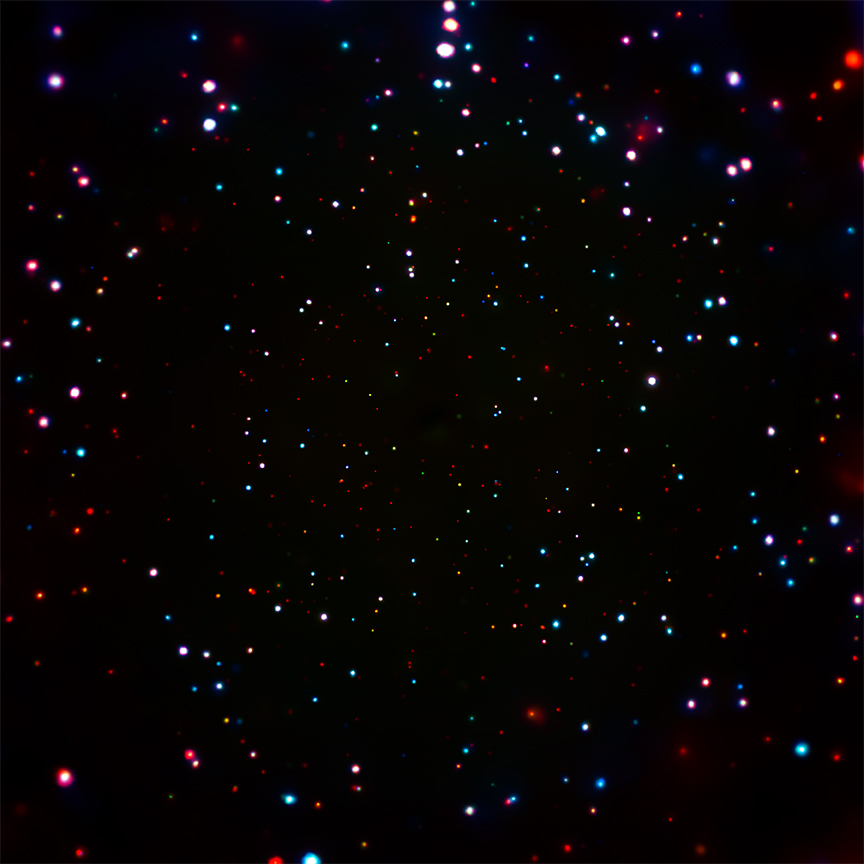I was reading this question and the answer cites a page which discusses the identification of an x-ray source very far away. I'm a nuclear engineer and based on my understanding of radiation detection, I don't understand how this is possible.
If radiation comes from a far distance, I would expect it to be a very low flux as it radiates isotropically from the source, so over astronomical distances the odds of detecting a particle decrease. In order to identify the incident vector of a set of particles, we need to detect at least two from the same source. Based on where those particles are detected within our detector (or detector array) we can back calculate a point where they both came from (if we assume neither had interacted previously). With enough particles and a large enough detector array you can theoretically do this out to an arbitrarily large distance. But this is complicated by several factors:
- Particles travelling to Earth from light years away are essentially parallel, even from point sources
- Super-massive black holes such as the one theorized at the center of the Milky Way are large enough that they may not act as point sources
- Other sources of radiation are spread throughout the universe, so how do we have any assurance that a particle detected is from the source we're trying to resolve?
- Interactions between the source and the detector will further obfuscate any useful information we can derive from radiation, especially within the relatively dense atmosphere (if ground based detectors are used)
- Particles which can reach Earth must be high energy, but higher energy particles are harder to detect
All of these technical challenges considered, I don't understand how we can reliably find distance sources of cosmic radiation with any level of precision. This article describes an array the size of Rhode Island, and even with this massive array of detectors there is tremendous trouble identifying the source.

